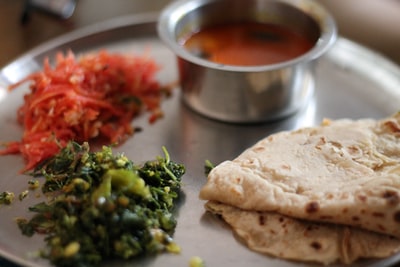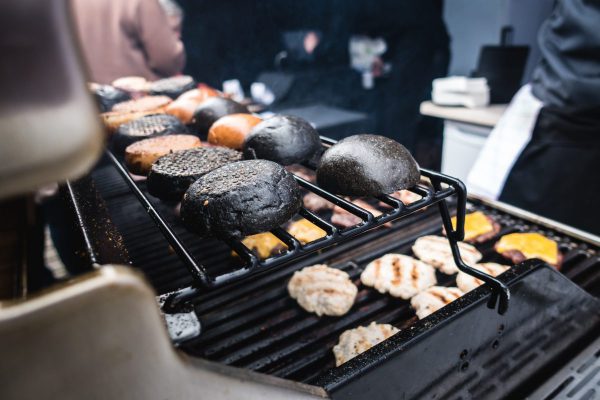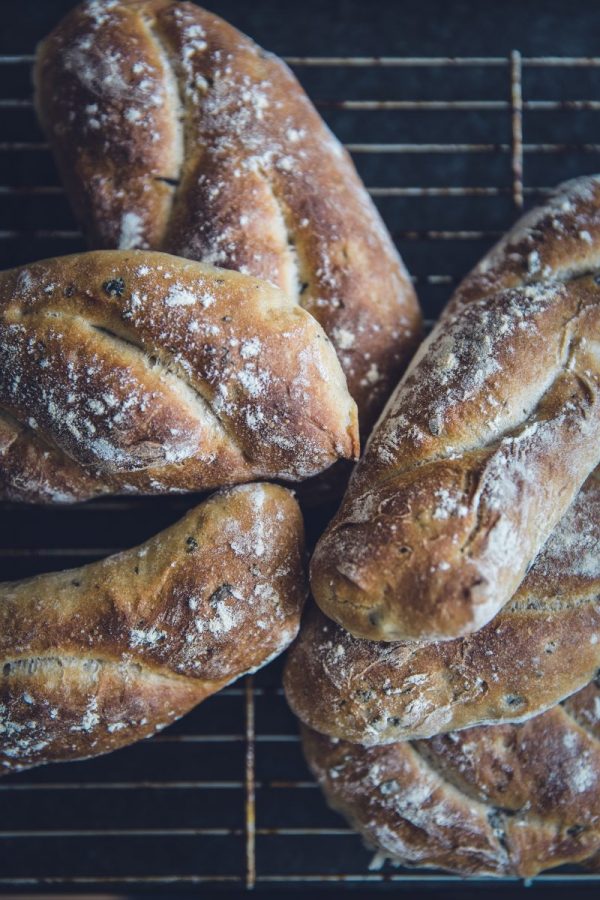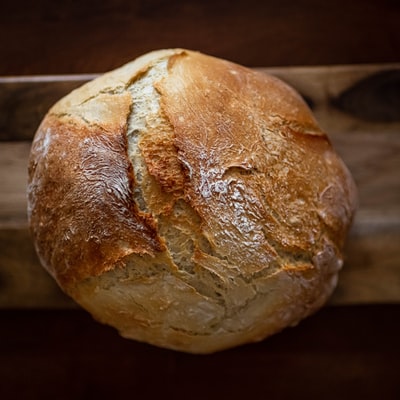Ingredients
- 250 gr atta flour
- 240 ml warm water
- 3 gr salt
You will need a medium-sized bowl, a rolling pin, a castiron griddle or heavy skillet, and a small cotton cloth or a paper towel. In a medium-sized bowl, mix together the salt and the flour. Make a well in the middle and add just less than 1 cup warm water. Mix with your hand or with a spoon until you can gather it together into a dough (depending on the condition of your flour, you may need a little extra water or a little extra flour to make a kneadable dough). Turn out onto a lightly floured bread board and knead for 8 to 10 minutes. Cover with a damp cloth or a plastic wrap and let stand for 30 minutes or for up to 2 hours. The longer the dough stands, the more digestible the breads. Divide the dough into 8 pieces and flatten each with lightly floured fingers. Continue flattening with a rolling pin until each piece is 20 cm in diameter. Once you have started rolling, roll out each bread without flipping it over. To keep the bread from sticking to your bread board, make sure that the bread is lightly floured underneath. Cover the breads with the damp towel or plastic wrap as you roll out others (make sure not to stack the rolled out breads; if you don't have enough counter space for the breads, roll out just a few and begin cooking, rolling out the others as the breads cook). Heat a cast iron griddle or skillet over medium-high heat. When the griddle is hot, place a chapati on the griddle, top side of the bread down first. Let cook for only 10 seconds and then gently flip to the second side. Cook on the second side until small bubbles begin to form, approximately one minute. Turn the chapati back to the first side and finish cooking (another minute approximately). At this stage, a perfect chapati will start to balloon. This process can be helped along by gently pressing on the bread. The bread is hot, so we find the easiest method is to use a small cotton cloth or a paper towel wadded up to protect your finger tips. Gently press down on a large bubble forcing the bubble to extend itself wider. If the bread starts to burn on the bottom before it has ballooned, move the bread (with the help of your paper towel) across the skillet, dislodging it from the point at which it is beginning to burn. When you are satisfied with your chapati, remove it and wrap in a clean towel. Continue to cook the other breads, stacking each as it is finished on top of the others.



